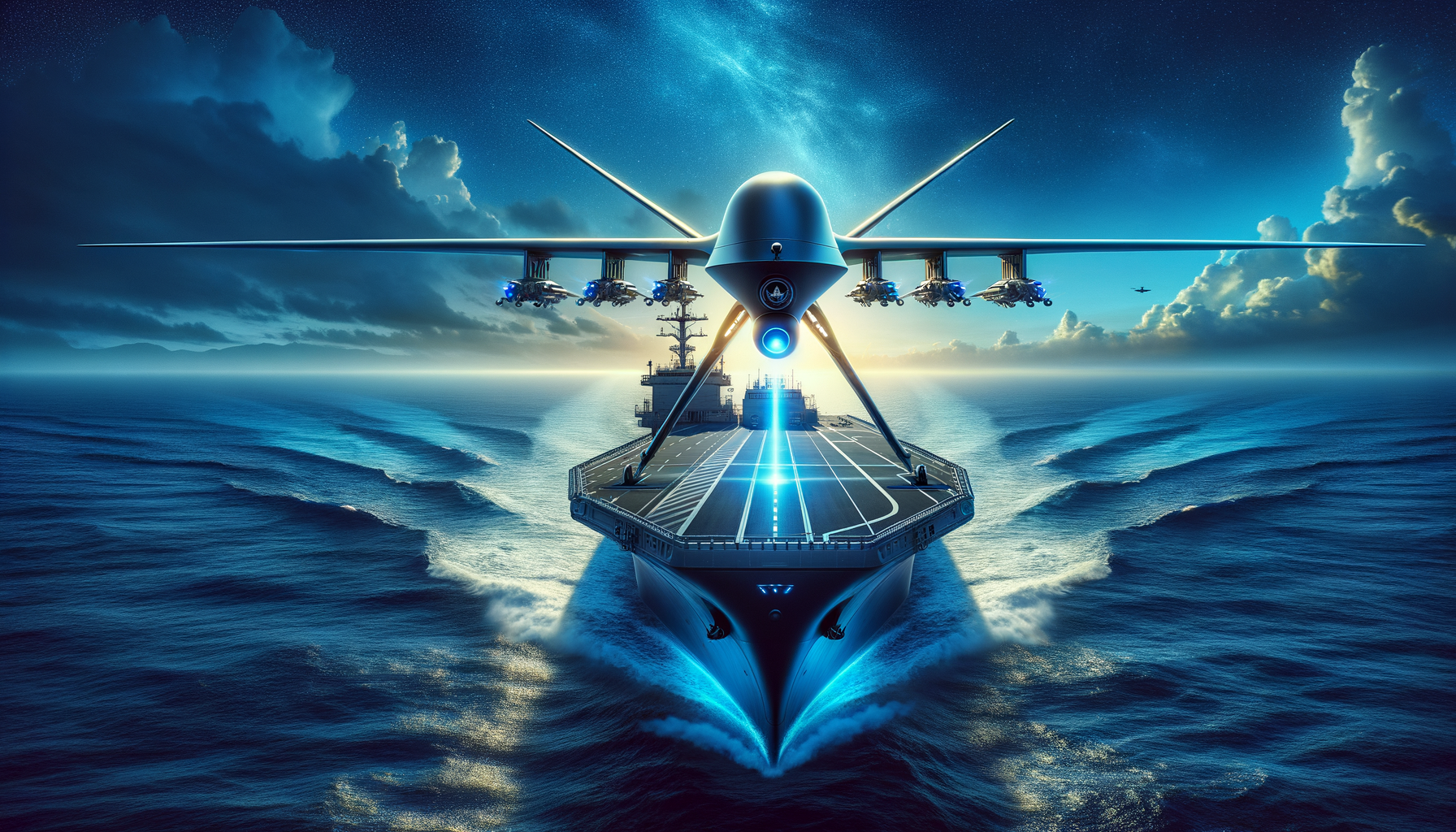Revolutionary Drone That Launches From Navy Ships Unveiled - Meet the Wildcat

The American Defense Advanced Research Projects Agency (DARPA) is at the forefront of developing groundbreaking drone technologies, with a particular focus on enhancing capabilities for uncrewed aircraft systems (UAS). The buzz these days surrounds a remarkable initiative known as ANCILLARY, which is short for AdvaNced airCraft Infrastructure-Less Launch And RecoverY.
An Important Mission
The primary goal of ANCILLARY is to design drones that can be deployed and recovered without the need for complex infrastructure. Designed with the U.S. Navy and Marine Corps in mind, these drones must be operational from ships at sea, where space is at a premium.
This unique requirement poses its own challenges, particularly in terms of launch and recovery systems. Hence, DARPA is focusing on developing drones that can take off and land vertically. These drones must also be lightweight and capable of carrying a payload of 60 pounds (27 kg). Additionally, they must have an impressive endurance time of 12 hours and be able to cover up to 518 miles (833 km).
Key Competitors in the Game
Last summer, DARPA announced the shortlisted companies for the ANCILLARY project, including major players such as AeroVironment, AVX Aircraft, Griffon Aerospace, Karem Aircraft, Leidos, Method Aeronautics, Northrop Grumman, Piasecki Aircraft, and Sikorsky. Each of these firms was tasked with developing innovative designs to meet DARPA's stringent criteria.
Fast forward nearly a year, and several of these companies are making significant strides. AeroVironment has recently introduced its contender – the Wildcat. This drone exemplifies AeroVironment's extensive experience in producing military drones, such as the Raven, Puma AE, and JUMP.
The Wildcat's Standout Features
The Wildcat is a tail-sitting vertical take-off and landing (VTOL) aircraft that has been meticulously engineered to operate efficiently from Navy ships, especially in challenging maritime conditions. Although specific details of the drone have not been fully disclosed, AeroVironment has provided some tantalizing insights.
One of the standout attributes of the Wildcat is its machine learning-enabled computer vision system. This cutting-edge technology is designed to enhance the drone's intelligence, surveillance, and reconnaissance (ISR) capabilities. In addition, the Wildcat features a collision avoidance system, enabling it to operate seamlessly within a fleet of similar drones.
Speed and Agility
Another remarkable feature of the Wildcat is its ability to dash at speeds of over 115 mph (185 kph), allowing it to rapidly cover vast distances over both sea and land. This speed and agility make it exceptionally suited for the varied and high-demand missions the Navy might require.
DARPA's objective is to have a fully functional drone developed under the ANCILLARY program by 2026. While it's still early days, the Wildcat has certainly emerged as a strong contender in this high-stakes race.
ConclusionThe Wildcat speaks volumes about AeroVironment's expertise in military drone technology and its potential to meet the U.S. Navy's rigorous demands. As DARPA continues to push the limits of what's possible in drone technology, the Wildcat stands out as a pioneering design with a promising future. Watch this space as we edge closer to 2026, a year that could redefine the capabilities of naval operations.